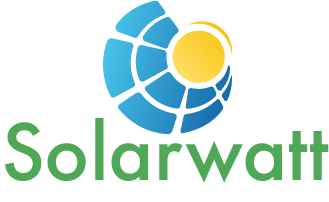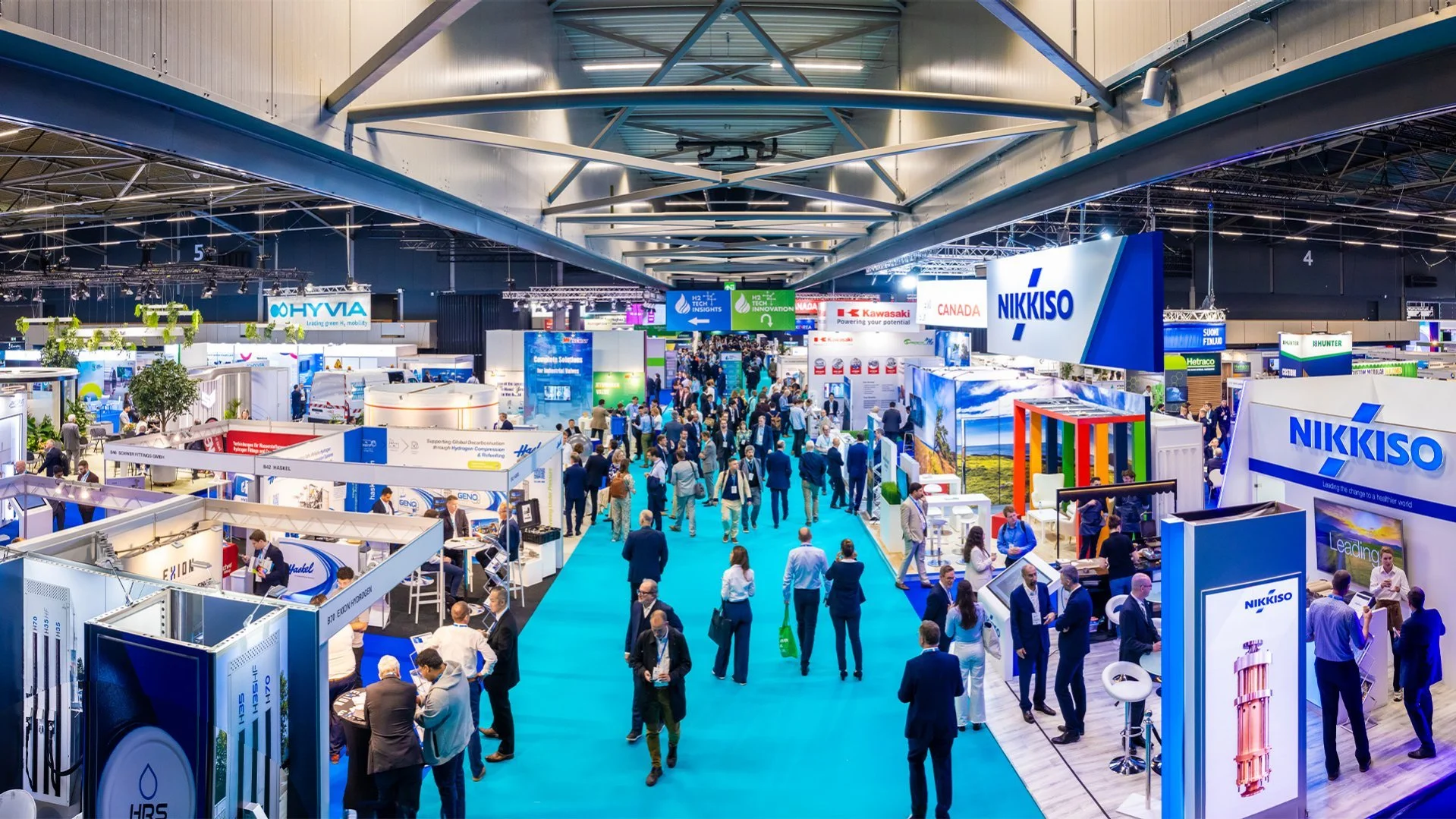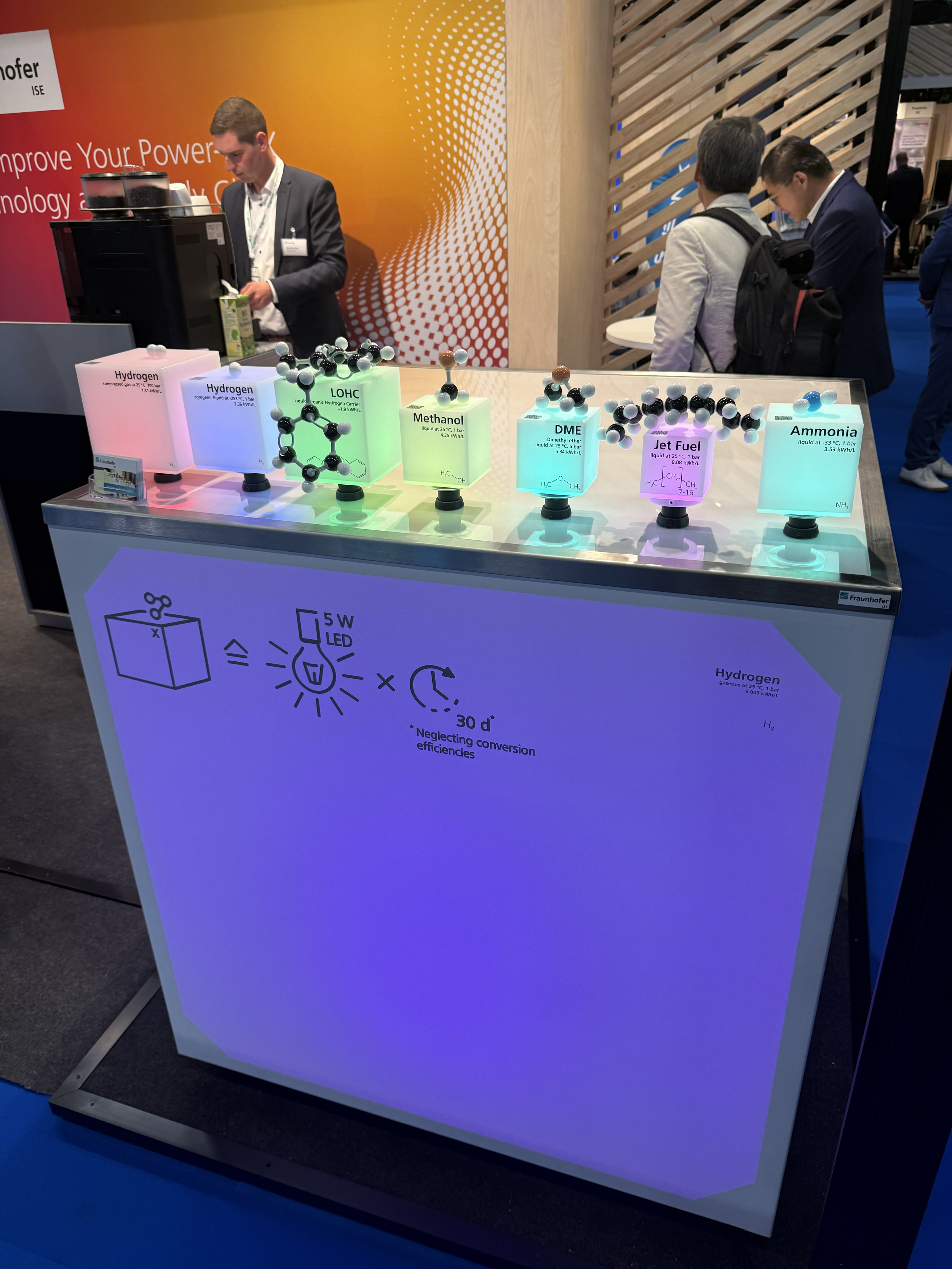World Hydrogen Summit Reflections: Croatia Steps into the Future
Earlier this May, I had the privilege of attending the World Hydrogen Summit 2025 in Rotterdam, the world’s leading hydrogen event that brought together industry pioneers, energy companies, policymakers, and innovators from across the globe. As someone deeply engaged in building a renewable future in Southeast Europe, this was more than just a networking opportunity — it was a chance to reflect on the momentum of the hydrogen transition and place Croatia into that broader context.
Over three days, it became clear that hydrogen is no longer a promise waiting on the horizon. It is already reshaping how we think about mobility, energy storage, industrial processes, and sustainability. The scale, maturity, and ambition of projects being presented — particularly across Western Europe, Asia, and the Gulf — underscored the urgency and strategic importance of this transformation.
Over 15,000 people attended the summit
Showcasing a Croatian Project with European Ambition
Attending the summit, I represented Solarwatt d.o.o. and our flagship project in Ludbreg, where we are developing one of Croatia’s first fully green hydrogen production facilities. The heart of the system is a 5 MW alkaline electrolyzer (AEL) powered entirely by certified renewable electricity, complemented by a battery system that enables smart energy management and grid arbitrage. Once operational, beginning in Q1 2027, the facility will produce approximately 750 tonnes of green hydrogen per year.
It was deeply rewarding to hear positive feedback from key players in the industry — several experts commented on how 750 tonnes annually is a strong and serious starting point, especially for a new market like Croatia. Even more importantly, many noted the clarity and technical maturity of our project vision. For us, however, this is just the beginning. Our goal is not only to reach that initial volume but to scale and diversify based on demand, regional synergies, and infrastructure development.
Conversations That Matter
The summit facilitated invaluable conversations with offtakers, infrastructure developers, mobility operators, and technology providers. Many were interested in learning more about Southeast Europe’s role in the future hydrogen economy. And while there is still limited external appetite for sourcing hydrogen directly from our region at this stage, the conversations made it clear: the responsibility lies with us — with developers, innovators, and institutions in Croatia — to build the infrastructure, create the use cases, and demonstrate readiness.
This is not a disadvantage, but a call to action. At Solarwatt, we strongly believe that Croatia must not wait to be invited into the hydrogen economy — we must lead by example and show Europe that we are ready to walk alongside nations that have already committed deeply to decarbonization and energy transition.
Innovation in Action
The exhibition floor at the World Hydrogen Summit 2025 offered a powerful glimpse into the pace of technological development across the hydrogen value chain. From compact refueling systems and modular electrolyzers to advanced compression and storage solutions, it was clear that many technologies are already mature and ready to scale.
One aspect that caught me by surprise, however, was the relative lack of hydrogen-powered heavy-duty trucks. Given the global focus on decarbonizing logistics, I expected to see more emphasis on long-haul transport solutions. In contrast, hydrogen refueling stations were showcased almost “on every corner” — a clear sign that the industry is eager to solve the infrastructure challenge ahead of mass mobility deployment.
Meanwhile, interest in hydrogen derivatives like green ammonia and e-methanol is growing steadily, as these fuels offer attractive pathways for maritime and industrial decarbonization. Another standout trend was the emergence of digital platforms that offer real-time tracking of hydrogen production, certification, and carbon footprint — bringing transparency and accountability to the forefront.
All in all, the innovation was undeniable, even if unevenly distributed — a reminder that the hydrogen transition is happening in layers, and some sectors are moving faster than others.
As an engineer by background, I was particularly impressed by the advancements in software systems designed to optimize electricity usage and storage at the battery level. These platforms are becoming increasingly sophisticated, capable of performing real-time energy arbitrage, predicting market behavior, and autonomously determining the most profitable timing for electricity input. More impressively, they can now coordinate this with electrolyzer operation — dynamically adjusting cell load to ensure maximum efficiency and profitability. It was especially encouraging to see how artificial intelligence is being integrated into these systems, adding a new layer of predictive intelligence and control. This convergence of clean energy technology and smart software signals a promising step toward a more responsive and economically viable hydrogen value chain.
Croatia’s Place — and Responsibility — in the Hydrogen Future
Croatia has everything it takes to become a meaningful player in the hydrogen transition: abundant solar and wind resources, growing expertise in clean technologies, and a strategic location that connects the Adriatic with Central and Southeastern Europe. But potential alone is not enough.
It is up to us — as individuals, as businesses, and as a society — to transform that potential into a green reality. Croatia must seize this moment to invest, implement, and integrate. We need to accelerate our own path to climate neutrality and position ourselves not only as consumers of imported solutions, but as producers and contributors to the European green ecosystem.
At Solarwatt, we see this not just as a business opportunity, but as a national and generational duty. The world is already moving — and Croatia must move with it.
Looking Ahead
As we return from Rotterdam, our team is more energized than ever. The World Hydrogen Summit affirmed the importance of what we’re building in Ludbreg and reminded us that real change comes from persistence, clarity, and collaboration. In the coming months, we’ll be advancing our engineering processes, continuing dialogue with offtakers and partners, and pushing forward the practical steps needed to bring clean hydrogen to life in Croatia.
Let’s build a cleaner future — one molecule at a time.




